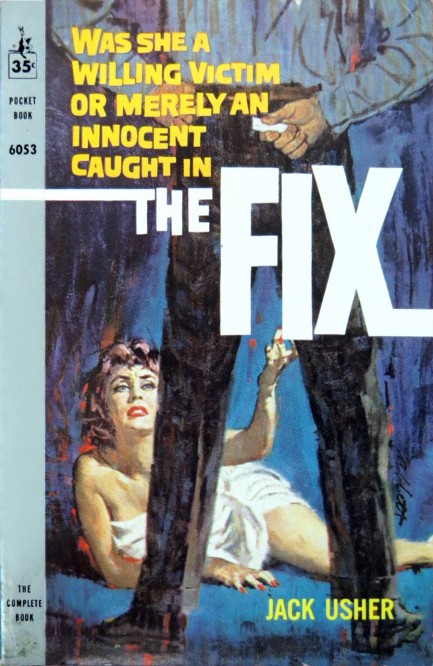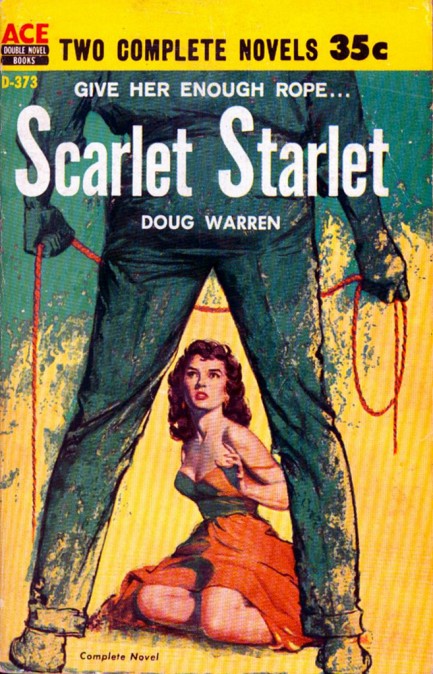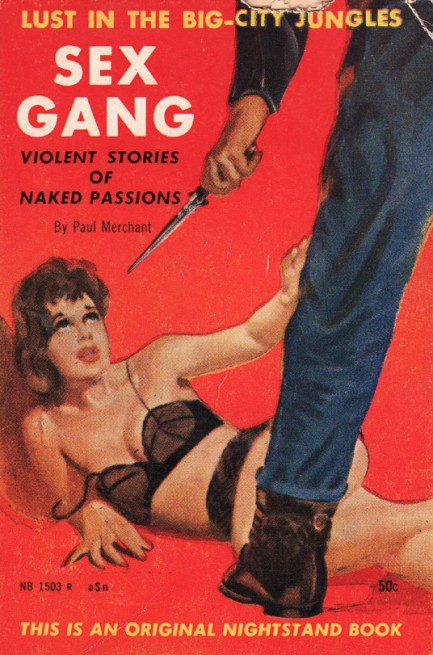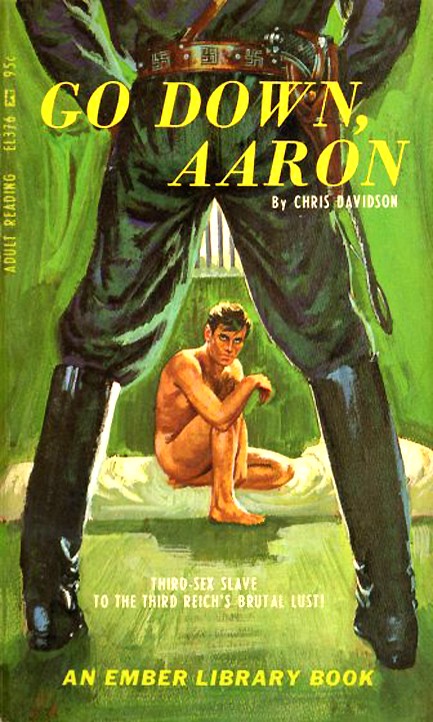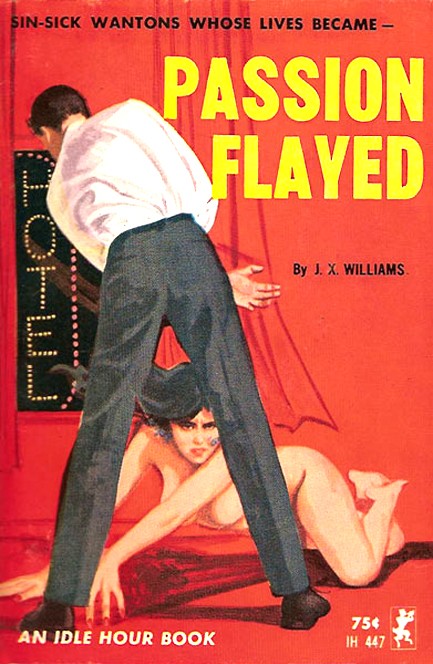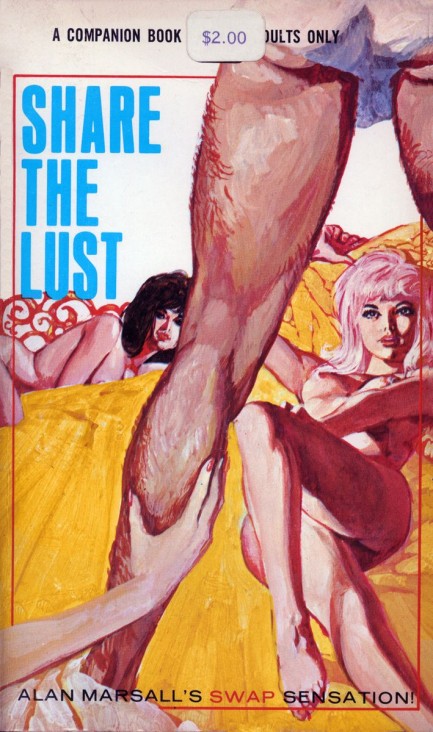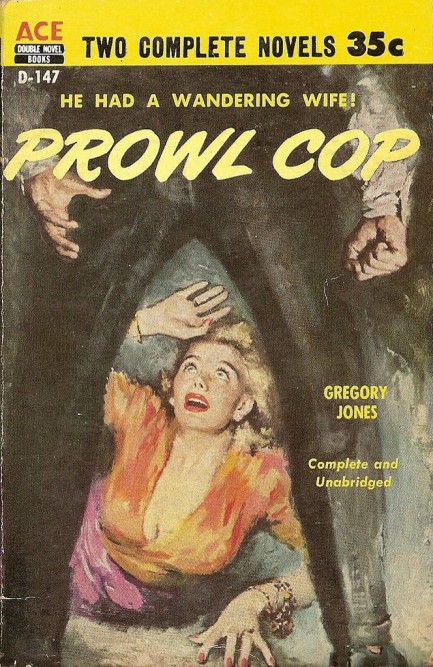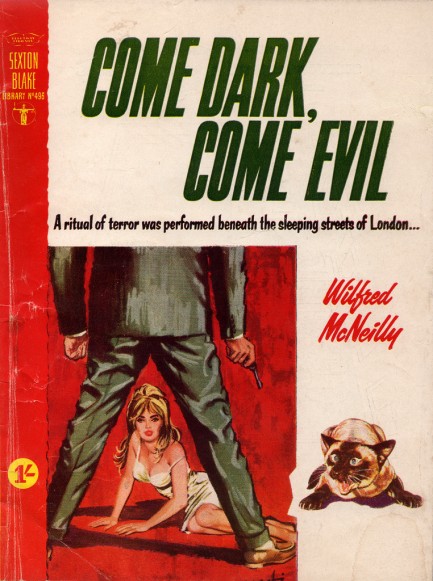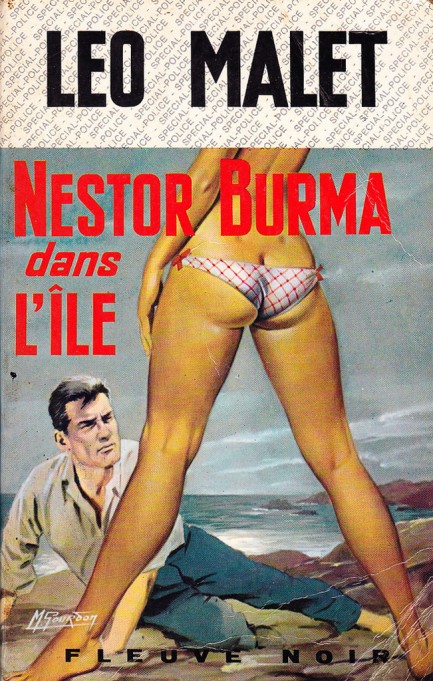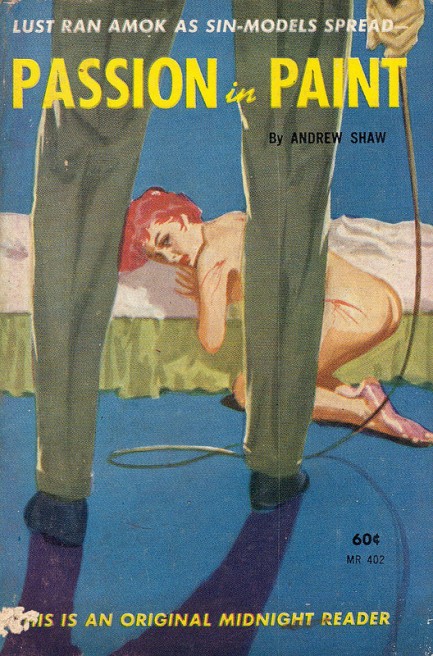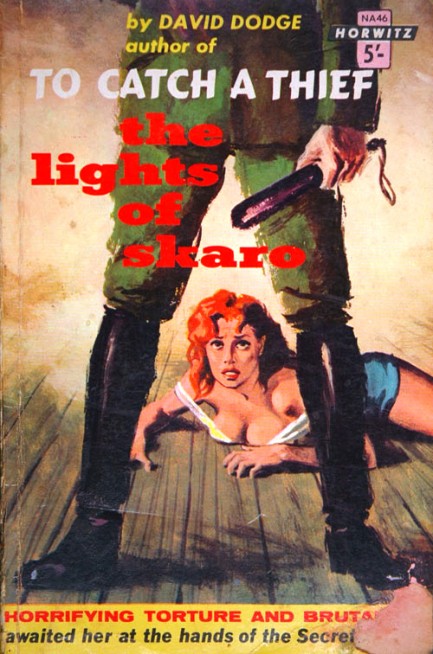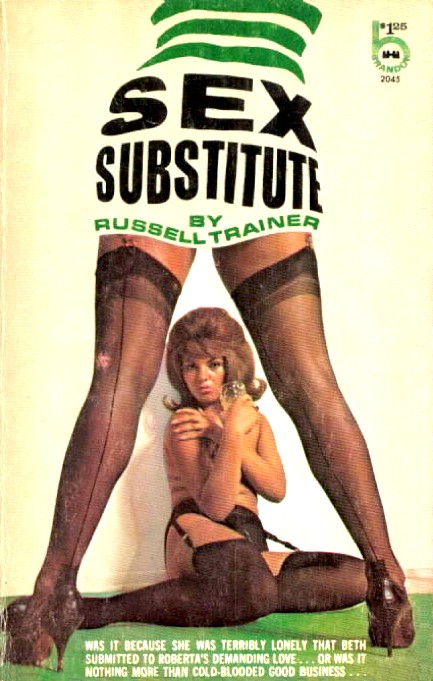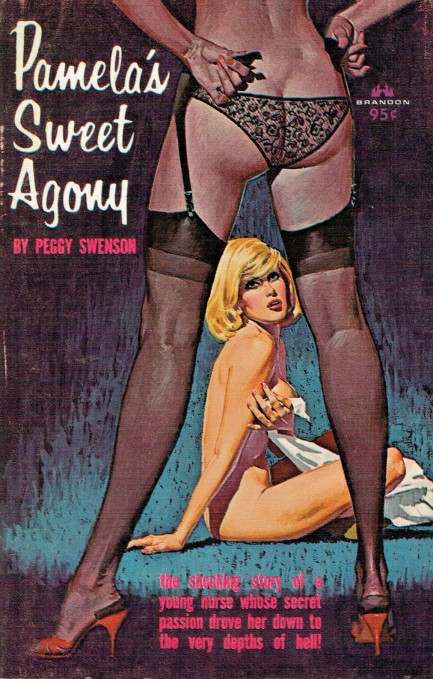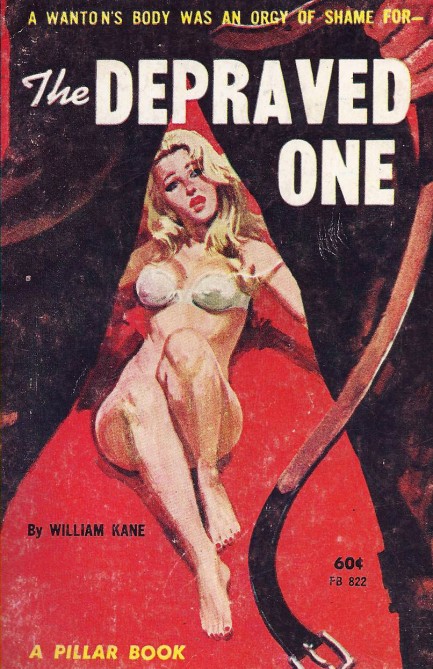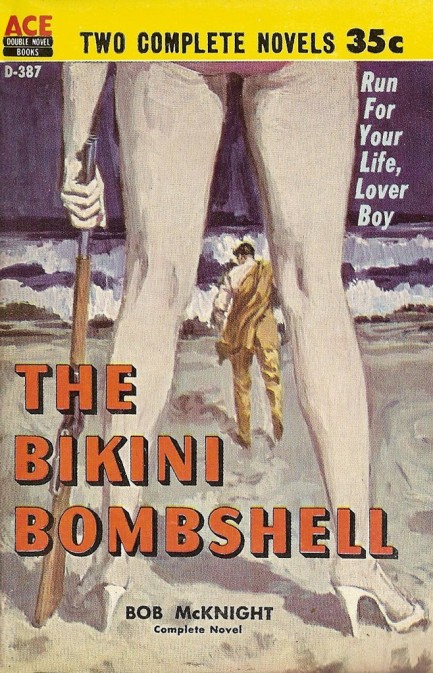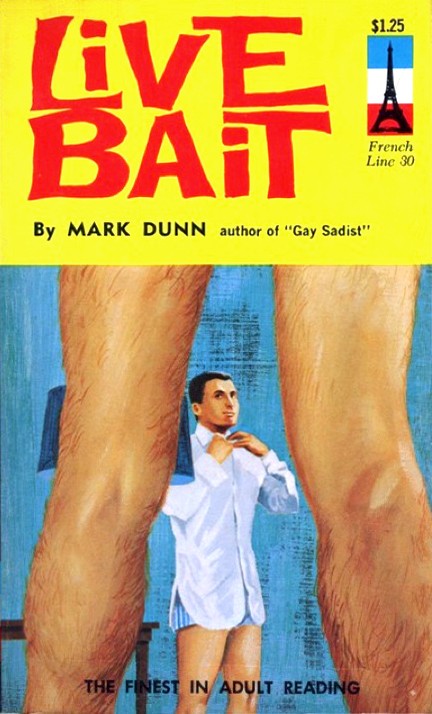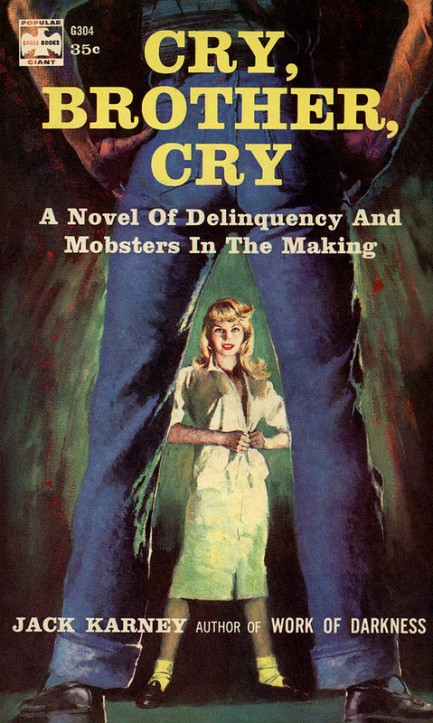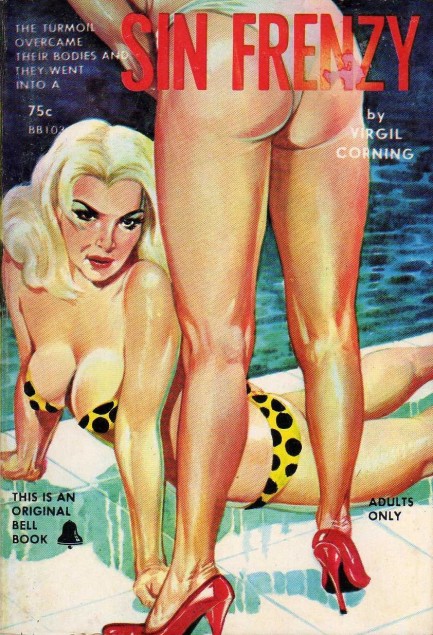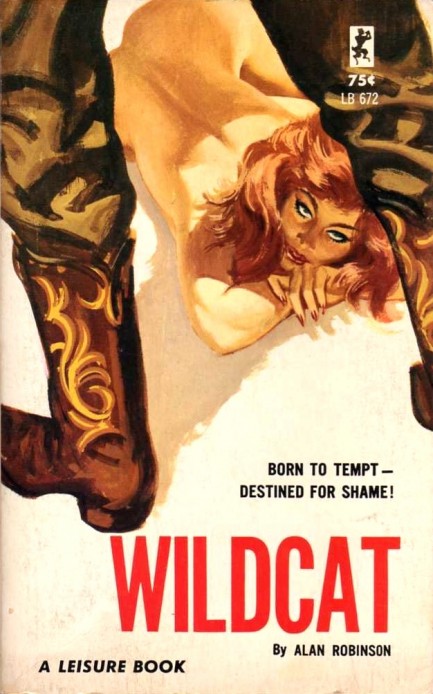 I know we’re supposed to be disaffected and rebellious and all, but know what? I’m actually quite satisfied at this moment. 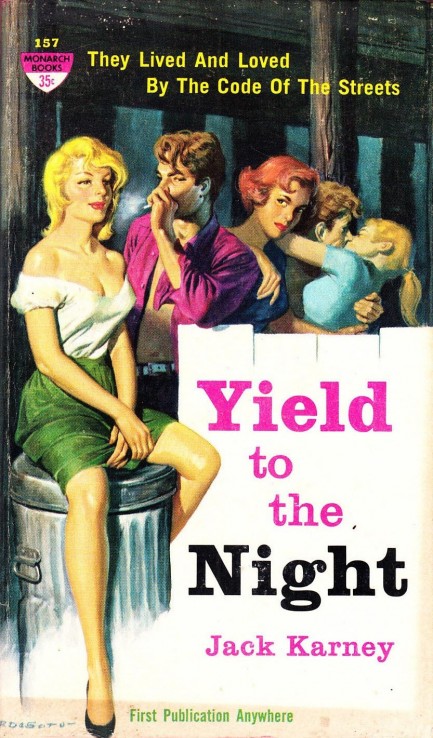
Two hard-luck juvenile delinquents find each other and fall in love in the slums of New York City, but can they keep it together when their surroundings threaten to destroy them? That's the basic idea of Yield to the Night. Author Jack Karney specialized in this, writing about East Side gangs in many novels, including Work of Darkness, Cry Brother Cry, Cop, and Tough Town. 1960 copyright on the above, with Rafael DeSoto cover art.
 Maybe it’s the name that keeps people away, because, you know, we’re actually very welcoming here in Tough Town. 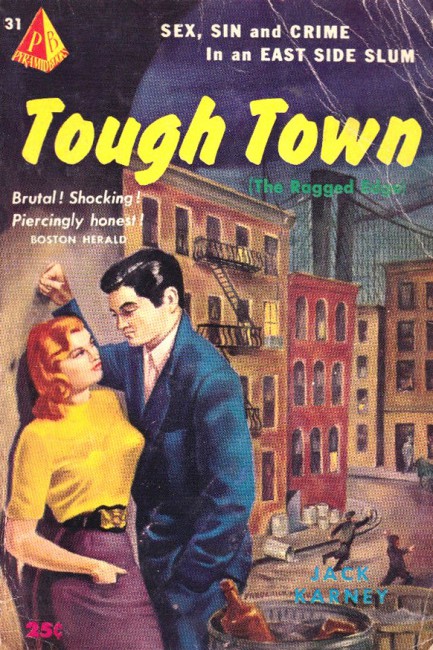
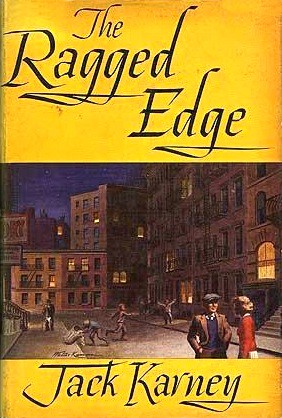 Tough Town appeared in 1952 as a reprint of 1946’s The Ragged Edge. It’s the story of three impoverished siblings who are dragged into the seamy side of life in a fictional New York City slum called Marshall Place. There's lots of juvenile delinquency here, a bit of low level mob activity, a couple of fatal shootings, backroom abortion stuff, political corruption, and so forth. Tough Town appeared in 1952 as a reprint of 1946’s The Ragged Edge. It’s the story of three impoverished siblings who are dragged into the seamy side of life in a fictional New York City slum called Marshall Place. There's lots of juvenile delinquency here, a bit of low level mob activity, a couple of fatal shootings, backroom abortion stuff, political corruption, and so forth. Two of the siblings have a rough go, but one of them vows to clean up the town and eventually makes it all the way to a position as district attorney. This is an attempt at serious literary art by author Jack Karney, who revisited the subject of the pernicious effects of poverty more than once in his novels. But America is, sadly, a much less sympathetic place toward the poor today, and we doubt this story would resonate for modern readers. The cover art is by Frederick Meyer.
 Faced with this position surrender is the only option. 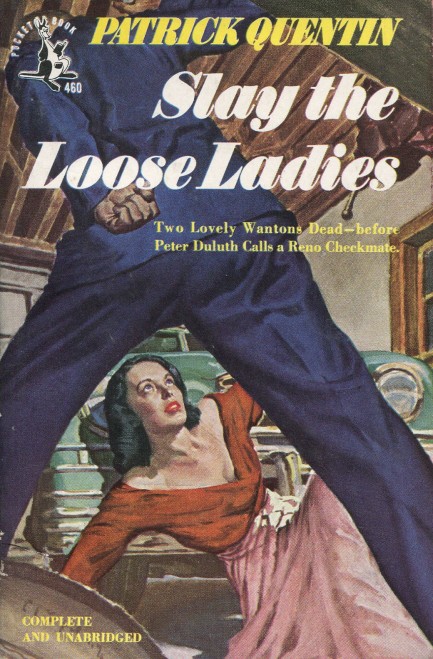
Here you see a pose that appears over and over in vintage paperback art—one figure looming menacingly in the foreground as a second cowers in the triangular negative space created by the first’s spread legs. This pose is so common it should have a name. We’re thinking “the alpha,” because it signifies male dominance and because of the A shape the pose makes. True, on occasion the dominator isn’t male, sometimes the unfortunate sprawled figure is depicted outside the A shaped space, and sometimes the art expresses something other than dominance, but basically the alpha (see, that just sounds right, doesn’t it?) has been used scores of times with only minor variation. You’ll notice several of these come from subsidiaries of the sleaze publisher Greenleaf Classics. It was a go-to cover style for them. We have twenty examples in all, with art by Bob Abbett, Robert Bonfils, Michel Gourdon, and others.
|
 |

The headlines that mattered yesteryear.
2003—Hope Dies
Film legend Bob Hope dies of pneumonia two months after celebrating his 100th birthday. 1945—Churchill Given the Sack
In spite of admiring Winston Churchill as a great wartime leader, Britons elect
Clement Attlee the nation's new prime minister in a sweeping victory for the Labour Party over the Conservatives. 1952—Evita Peron Dies
Eva Duarte de Peron, aka Evita, wife of the president of the Argentine Republic, dies from cancer at age 33. Evita had brought the working classes into a position of political power never witnessed before, but was hated by the nation's powerful military class. She is lain to rest in Milan, Italy in a secret grave under a nun's name, but is eventually returned to Argentina for reburial beside her husband in 1974. 1943—Mussolini Calls It Quits
Italian dictator Benito Mussolini steps down as head of the armed forces and the government. It soon becomes clear that Il Duce did not relinquish power voluntarily, but was forced to resign after former Fascist colleagues turned against him. He is later installed by Germany as leader of the Italian Social Republic in the north of the country, but is killed by partisans in 1945.
|

|
|

It's easy. We have an uploader that makes it a snap. Use it to submit your art, text, header, and subhead. Your post can be funny, serious, or anything in between, as long as it's vintage pulp. You'll get a byline and experience the fleeting pride of free authorship. We'll edit your post for typos, but the rest is up to you. Click here to give us your best shot.

|
|

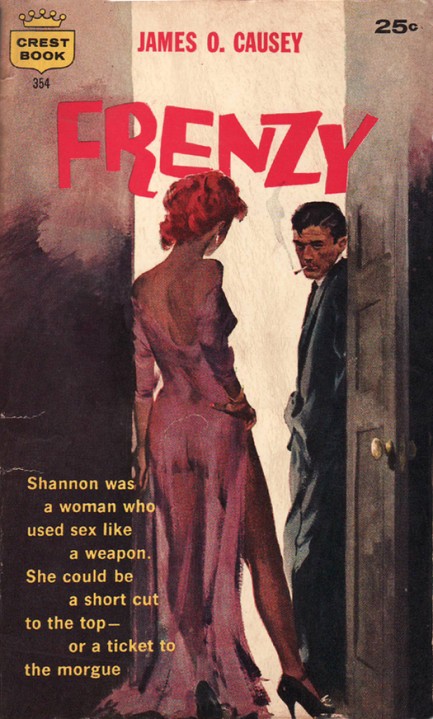
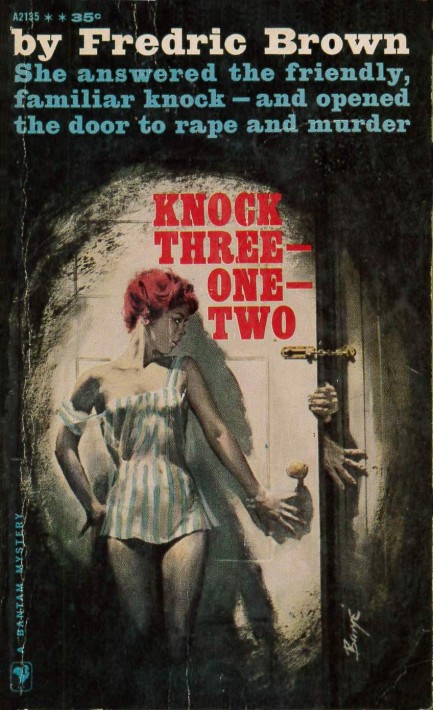
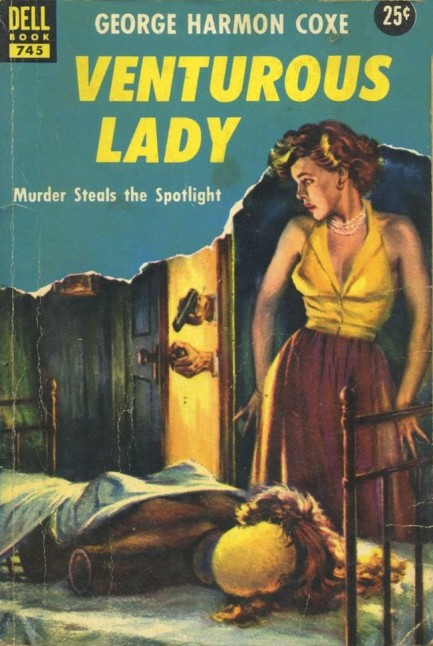
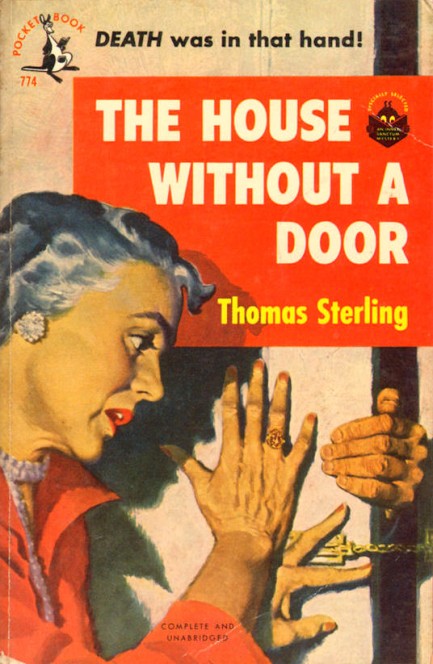
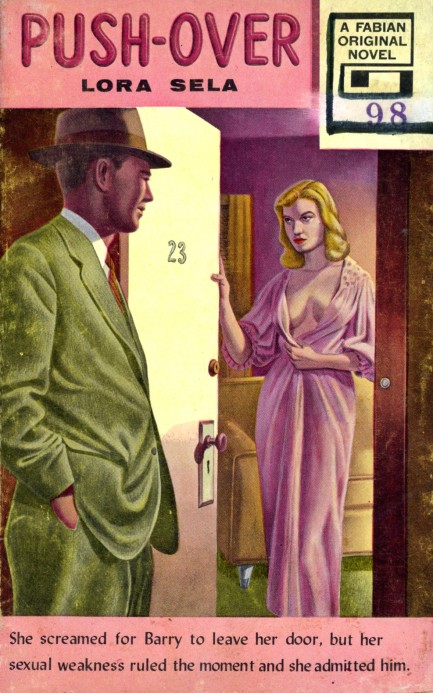
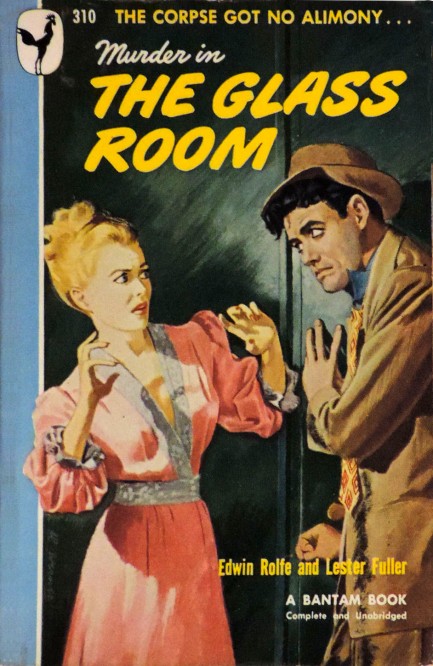
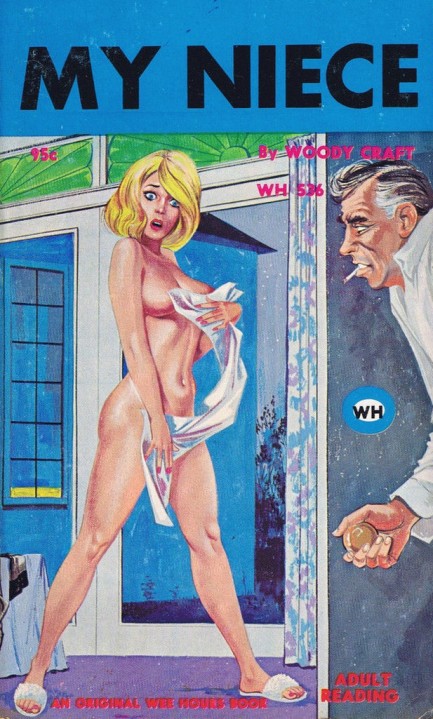
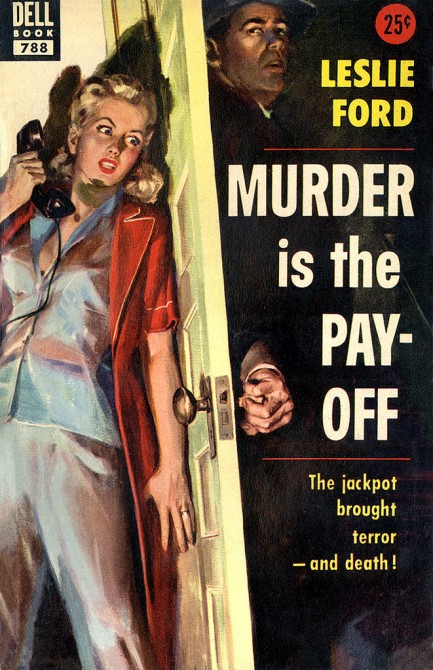
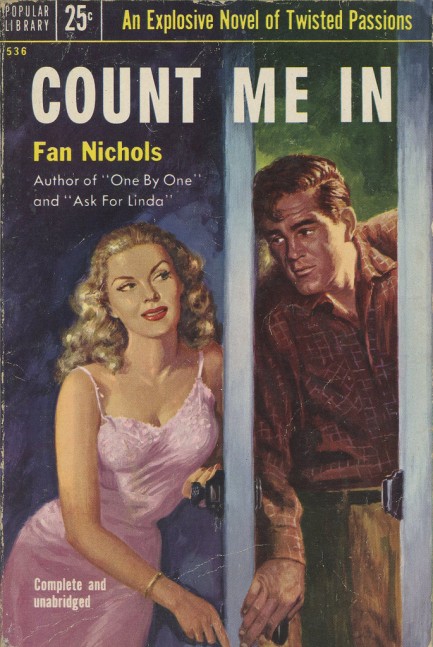
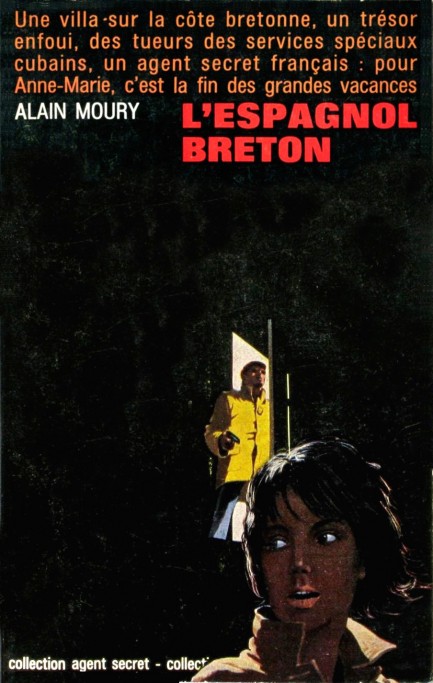
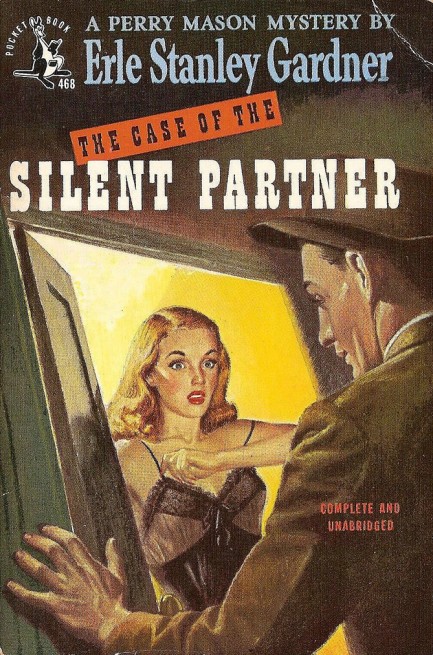
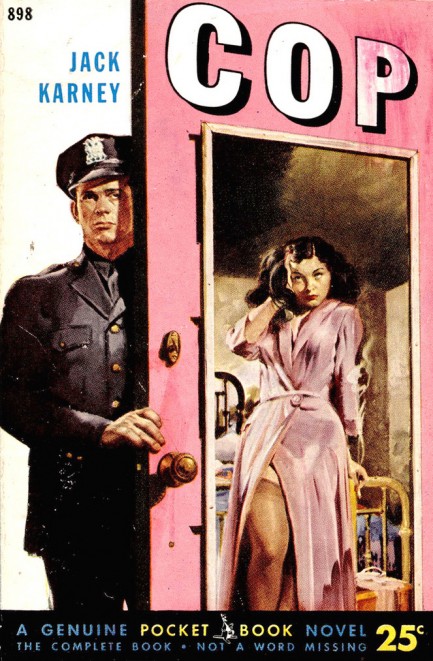
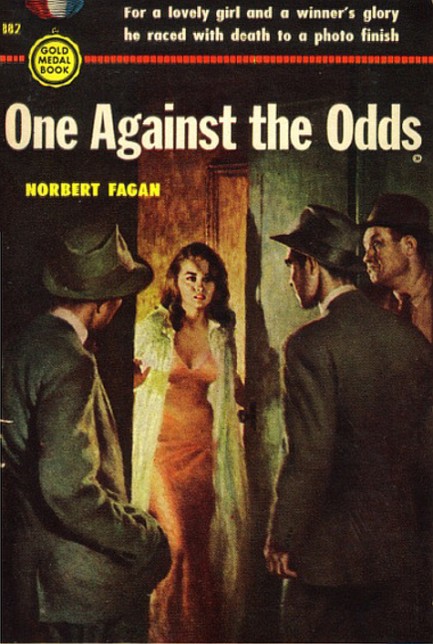
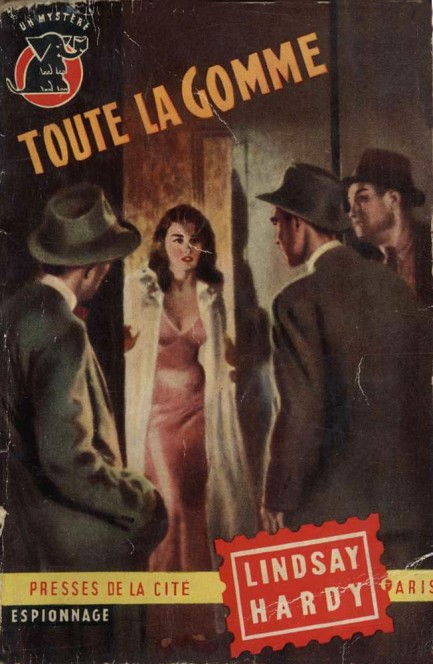
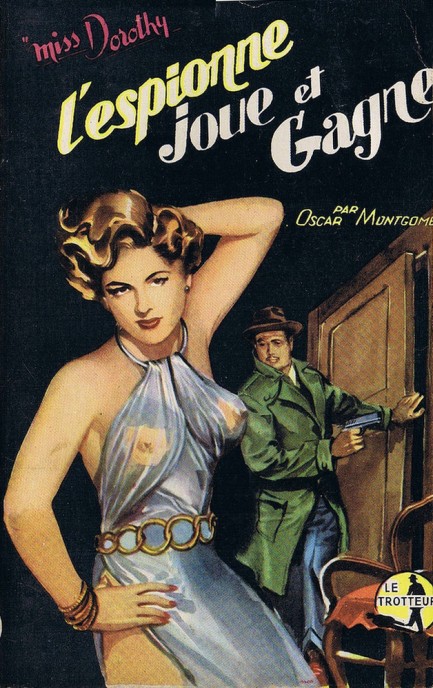
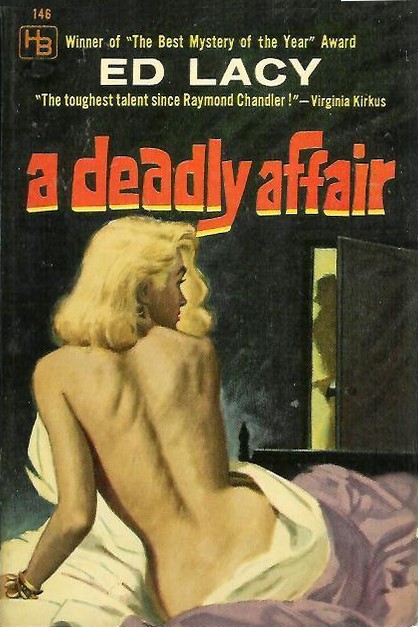
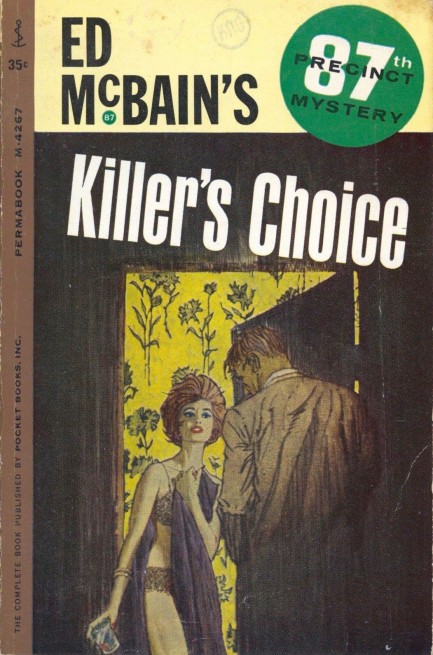
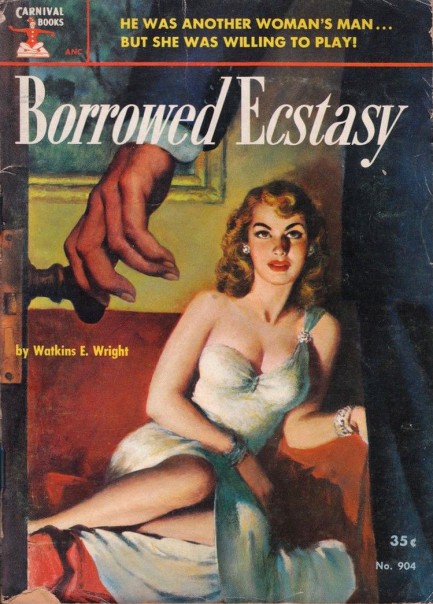
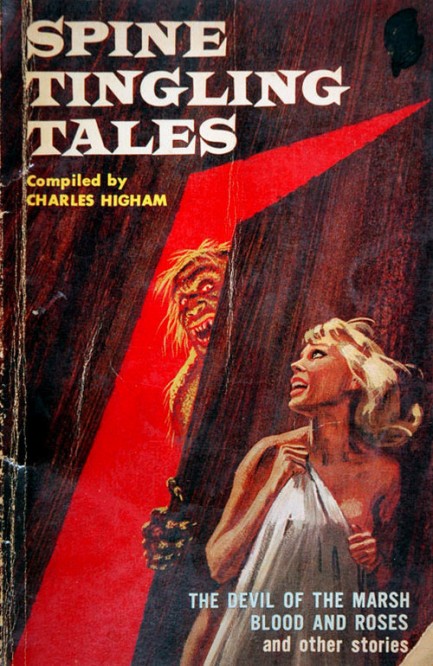
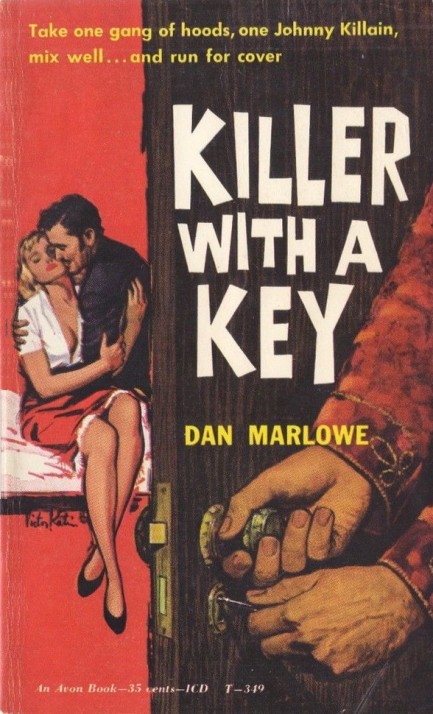
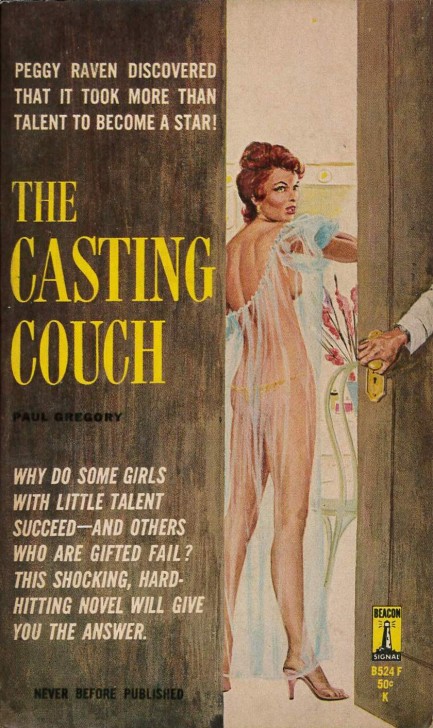
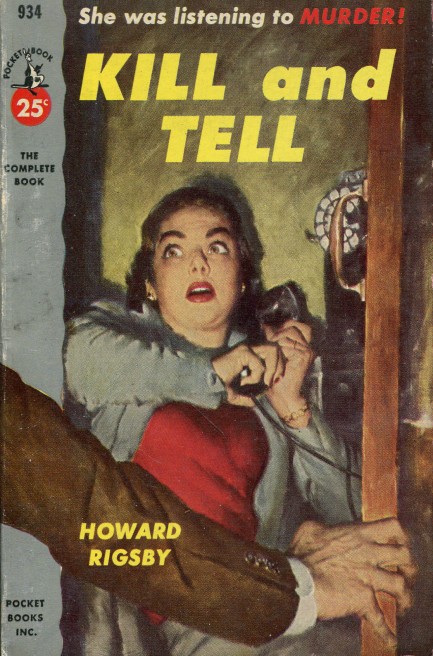




 Tough Town appeared in 1952 as a reprint of 1946’s The Ragged Edge. It’s the story of three impoverished siblings who are dragged into the seamy side of life in a fictional New York City slum called Marshall Place. There's lots of juvenile delinquency here, a bit of low level mob activity, a couple of fatal shootings, backroom abortion stuff, political corruption, and so forth.
Tough Town appeared in 1952 as a reprint of 1946’s The Ragged Edge. It’s the story of three impoverished siblings who are dragged into the seamy side of life in a fictional New York City slum called Marshall Place. There's lots of juvenile delinquency here, a bit of low level mob activity, a couple of fatal shootings, backroom abortion stuff, political corruption, and so forth.

